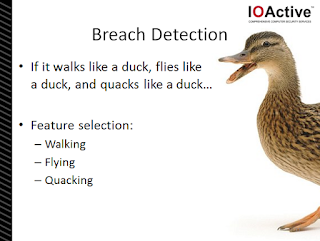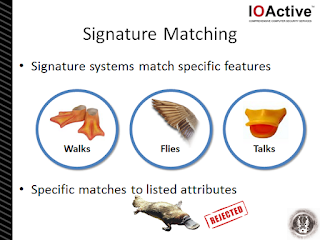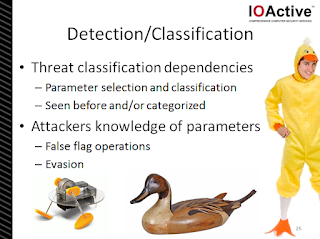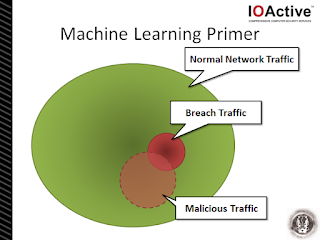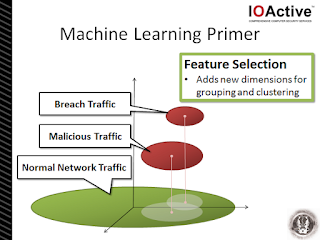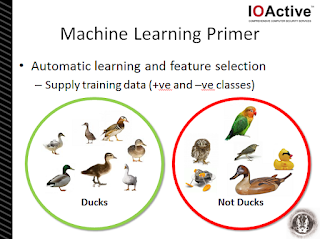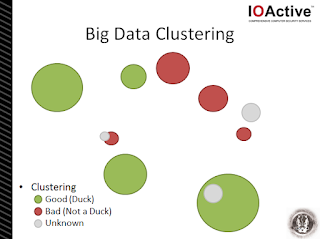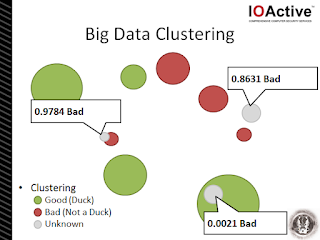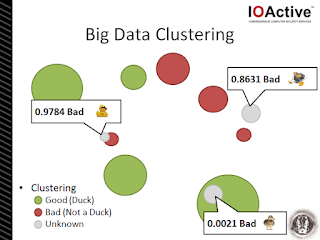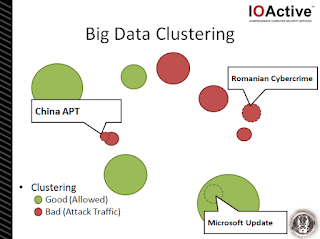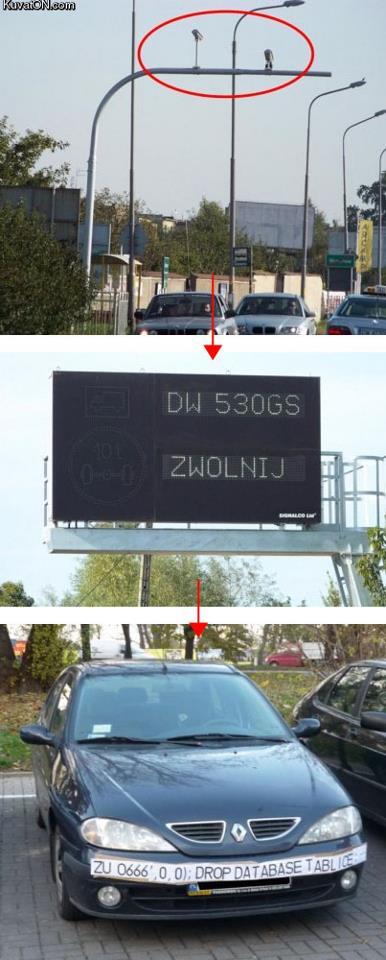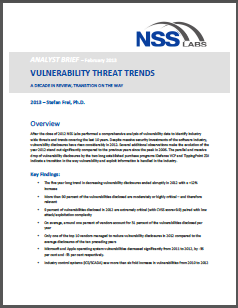On average I receive a postal letter from a bank or retailer every two months telling me that I’ve become the unfortunate victim of a data theft or that my credit card is being re-issued to prevent against future fraud. When I quiz my friends and colleagues on the topic, it would seem that they too suffer the same fate on a reoccurring schedule. It may not be that surprising to some folks. 2013 saw over 822 million private records exposed according to the folks over at DatalossDB – and that’s just the ones that were disclosed publicly.
It’s clear to me that something is broken and it’s only getting worse. When it comes to the collection of personal data, too many organizations have a finger in the pie and are ill equipped (or prepared) to protect it. In fact I’d question why they’re collecting it in the first place. All too often these organizations – of which I’m supposedly a customer – are collecting personal data about “my experience” doing business with them and are hoping to figure out how to use it to their profit (effectively turning me in to a product). If these corporations were some bloke visiting a psychologist, they’d be diagnosed with a hoarding disorder. For example, consider what criteria the DSM-5 diagnostic manual uses to identify the disorder:
- Persistent difficulty discarding or parting with possessions, regardless of the value others may attribute to these possessions.
- This difficulty is due to strong urges to save items and/or distress associated with discarding.
- The symptoms result in the accumulation of a large number of possessions that fill up and clutter active living areas of the home or workplace to the extent that their intended use is no longer possible.
- The symptoms cause clinically significant distress or impairment in social, occupational, or other important areas of functioning.
- The hoarding symptoms are not due to a general medical condition.
- The hoarding symptoms are not restricted to the symptoms of another mental disorder.
Whether or not the organizations hording personal data know how to profit from it or not, it’s clear that even the biggest of them are increasingly inept at protecting it. The criminals that are pilfering the data certainly know what they’re doing. The gray market for identity laundering has expanded phenomenonly since I talked about at Blackhat in 2010.
We can moan all we like about the state of the situation now, but we’ll be crying in the not too distant future when statistically we progress from being a victim to data loss, to being a victim of (unrecoverable) fraud.
The way I see it, there are two core components to dealing with the spiraling problem of data breaches and the disclosure of personal information. We must deal with the “what data are you collecting and why?” questions, and incentivize corporations to take much more care protecting the personal data they’ve been entrusted with.
I feel that the data hording problem can be dealt with fairly easily. At the end of the day it’s about transparency and the ability to “opt out”. If I was to choose a role model for making a sizable fraction of this threat go away, I’d look to the basic component of the UK’s Data Protection Act as being the cornerstone of a solution – especially here in the US. I believe the key components of personal data collection should encompass the following:
- Any organization that wants to collect personal data must have a clearly identified “Data Protection Officer” who not only is a member of the executive board, but is personally responsible for any legal consequences of personal data abuse or data breaches.
- Before data can be collected, the details of the data sought for collection, how that data is to be used, how long it would be retained, and who it is going to be used by, must be submitted for review to a government or legal authority. I.e. some third-party entity capable of saying this is acceptable use – a bit like the ethics boards used for medical research etc.
- The specifics of what data a corporation collects and what they use that data for must be publicly visible. Something similar to the nutrition labels found on packaged foods would likely be appropriate – so the end consumer can rapidly discern how their private data is being used.
- Any data being acquired must include a date of when it will be automatically deleted and removed.
- At any time any person can request a copy of any and all personal data held by a company about themselves.
- At any time any person can request the immediate deletion and removal of all data held by a company about themselves.
If such governance existed for the collection and use of personal data, then the remaining big item is enforcement. You’d hope that the morality and ethics of corporations would be enough to ensure they protected the data entrusted to them with the vigor necessary to fight off the vast majority of hackers and organized crime, but this is the real world. Apparently the “big stick” approach needs to be reinforced.
A few months ago I delved in to how the fines being levied against organizations that had been remiss in doing all they could to protect their customer’s personal data should be bigger and divvied up. Essentially I’d argue that half of the fine should be pumped back in to the breached organization and used for increasing their security posture.
Looking at the fines being imposed upon the larger organizations (that could have easily invested more in protecting their customers data prior to their breaches), the amounts are laughable. No noticeable financial pain occurs, so why should we be surprised if (and when) it happens again. I’ve become a firm believer that the fines businesses incur should be based upon a percentage of valuation. Why should a twenty-billion-dollar business face the same fine for losing 200,000,000 personal records as a ten-million-dollar business does for losing 50,000 personal records? If the fine was something like two-percent of valuation, I can tell you that the leadership of both companies would focus more firmly on the task of keeping yours and mine data much safer than they do today.






